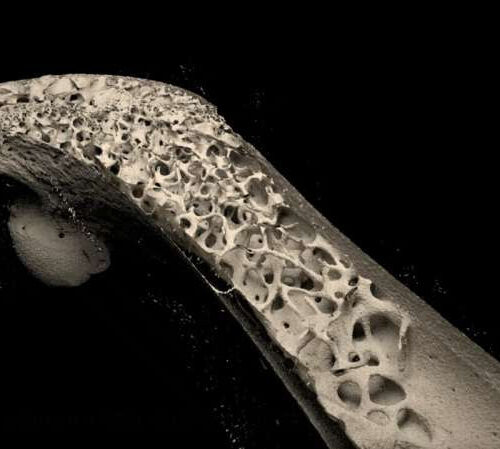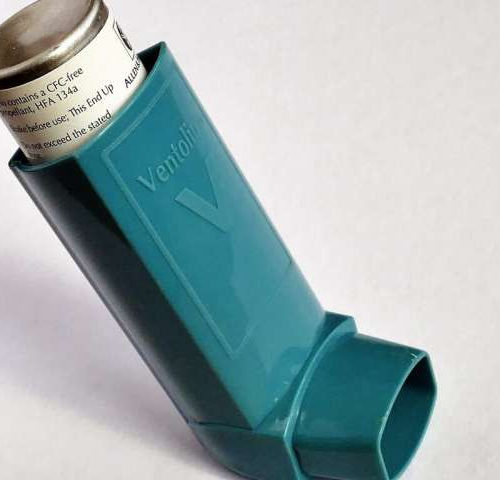by Lori Solomon As pickleball has gained in popularity, associated fractures have skyrocketed 90-fold since 2002, according to a study presented at the 2024 Annual Meeting of the American Academy of Orthopedic Surgeons, held from Feb. 12 to 16 in San Francisco. Yasmine S. Ghattas, from University of Central Florida in Orlando, and colleagues used...
Tag: <span>Fractures</span>
Poorer health outcomes for at-risk patients with fractures
by Garvan Institute of Medical Research A graphic representation of osteoporosis. Credit: Garvan Institute of Medical Research People at high risk of fracture who also have complex or multiple chronic medical conditions are less likely to receive treatment for the underlying osteoporosis and also have poorer health outcomes, according to a new study from the Garvan Institute of Medical Research. These patients have...
Study shows higher rate of fractures in people with intellectual disability
by University of Oxford Incidence rates by age band for major osteoporotic fracture in women and men with and without intellectual disability. Number of fractures per 10,000 person years by age. Filled circles represent age band specific incidence rates. Age bands are 1-year in children and 5-year in adults. The bars represent 95% CI. Credit: eClinicalMedicine (2022)....
Low D3Cr muscle mass/weight significantly increases risk of hip and potentially other fractures in older men
by Sutter Health Credit: CC0 Public Domain Older men with lower amounts of muscle mass have significantly increased risk of hip and potentially other fractures, new research led by investigators at Sutter Health’s San Francisco Coordinating Center (SFCC) in San Francisco, CA has shown. Results of a prospective study were published online earlier this month...
Physical function and medicines linked to risk of falling and fractures
by University of Gothenburg Credit: Pixabay/CC0 Public Domain In older women, inability to stand on one leg for more than a few seconds is a risk factor for fracture. Another physical test yields similar results. Moreover, SSRIs can be linked to relatively poor physical function, a University of Gothenburg thesis shows. Osteoporosis, with its associated...
Study finds artificial intelligence accurately detects fractures on x-rays, alert human readers
BOSTON UNIVERSITY SCHOOL OF MEDICINE (Boston)—Emergency room and urgent care clinics are typically busy and patients often have to wait many hours before they can be seen, evaluated, and receive treatment. Waiting for x-rays to be interpreted by radiologists can contribute to this long wait time because radiologists often read x-rays for a large number...
Steroid inhalers / pills for asthma linked to heightened risk of brittle bones and fractures
by British Medical Journal Taking steroid inhalers or tablets to treat asthma or control flare-ups is linked to a heightened risk of brittle bones (osteoporosis) and increased vulnerability to broken bones (fragility fractures), finds research published online in the journal Thorax. The higher the cumulative dose, and the longer the period of treatment, the greater these risks seem to...
Get moving: Exercise can help lower older women’s fracture risk
by Amy Norton, Healthday Reporter (HealthDay)—Older women who get even light exercise, like a daily walk, may lower their risk of suffering a broken hip, a large study suggests. A number of studies have linked regular exercise to a lower risk of hip fracture—a potentially disabling or even fatal injury for older adults. Each year,...
Thiazide diuretics reduced the risk of fractures in people with Alzheimer’s disease
UNIVERSITY OF EASTERN FINLAND The use of thiazide diuretics was associated with a decreased risk of low energy fractures in people with Alzheimer’s disease, a new study from the University of Eastern Finland shows. The association was found in long-term use exceeding three years; however, shorter term use did not reduce the risk of fractures. Thiazides are typically prescribed to treat hypertension. The results were published in Osteoporosis International. Hip...
Anti-epileptic drugs increase the risk of bone fractures in children
New research has shown evidence that anti-epileptic drugs (AEDs) reduce bone density in children and therefore lead to an increase in the number of fractures if used for more than a year. The study by the Murdoch Children’s Research Institute (MCRI), in conjunction with the Royal Melbourne Hospital (RMH), has prompted experts to highlight the...
- 1
- 2






